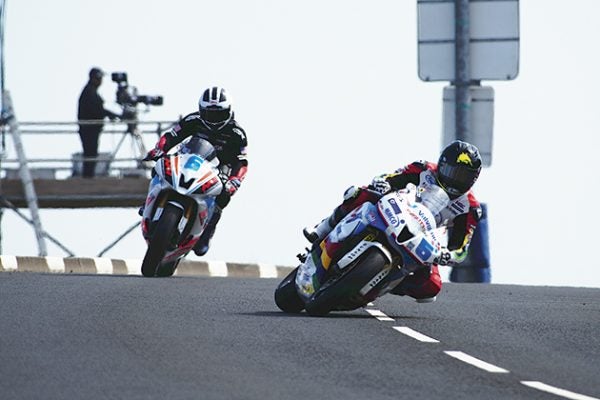Bob Newman looks at the factors affecting how a camera system renders an image of a distant object
One property in a camera system that is much desired is ‘reach’ – the ability to render an image of a distant object. The more distant an object the camera can pull in, the greater its reach. For subjects such as birds and sport, reach is obviously a great virtue.
This is the thinking behind cameras such as the Canon EOS 7D Mark II and the Nikon D500. These cameras are optimised for this kind of photography, with fast frame rates and excellent autofocus systems to enable them to capture moving subjects at a distance. S
ince reach is another part of this equation, these cameras also have small sensors, of the size generically called APS-C. This provides a crop factor of1.5x (or1.6x in the case of the Canon) that endows lenses with a longer ‘equivalent’ focal length, allowing them to pull in more distant subjects than if mounted on a full-frame camera.
However, reach is not solely about frame size. If it were, simply using a small sensor would be an absolute solution to the need for reach. Other factors also come into play. The first is pixel density. It’s fairly easy to see that the reach advantage of the Canon EOS 7D Mark II is down to its pixel density, not its sensor size. The Canon EOS 5DS has pixels of the same size, so when you mount the same lens on the two cameras, it will render the same image. The only difference is that the image of the 5DS will require cropping in processing, while that of the 7D Mark II won’t. Thus, the two cameras have equal reach, so long as you’re prepared to do a little manual cropping (which is often already the case with the kind of subjects for which you need reach).
This take on reach has sometimes been summarised by the phrase ‘how many pixels on the duck’, with the thought being that if the lens you have is projecting the image of a duck at the focal plane, what matters is the number of pixels that can be deployed in rendering the image.
But that isn’t the end of the story. There is an advantage to a smaller sensor when it comes to reach, but it is only delivered if the lens has been designed to cover just that smaller sensor. In this case, the smaller image circle that is required gives a relaxation of the design constraints on the lens, which can be used to provide a higher resolution, thus increasing reach.
In the examples already mentioned, the cameras were disadvantaged because they were part of a system for which longer lenses are designed to cover a full-frame image circle. In a system designed exclusively for a smaller sensor, such as the Micro Four Thirds system, lenses will typically deliver a higher resolution within their restricted image circle.
The factor that tends to militate against small sensors is diffraction. In the final image, the amount of diffraction blurring is dictated by the f-number multiplied by the relative crop factor. Thus, small-sensor cameras need to use much smaller f-numbers than large sensor ones to achieve pin-sharp images.
Taking the example of the king of reach, the Nikon Coolpix P900, this camera has a lens with a 2000mm equivalent focal length. However, the lens has an f-number of 6.5. Coupled with the tiny sensor’s crop factor of 5.6 compared to full frame, this means that it produces the same diffraction blur in the final image as a full-frame lens of f/36, beyond the point at which most discerning photographers would consider to be acceptable for diffraction purposes.
Bob Newman is currently Professor of Computer Science at the University of Wolverhampton. He has been working with the design and development of high-technology equipment for 35 years and two of his products have won innovation awards. Bob is also a camera nut and a keen amateur photographer.





